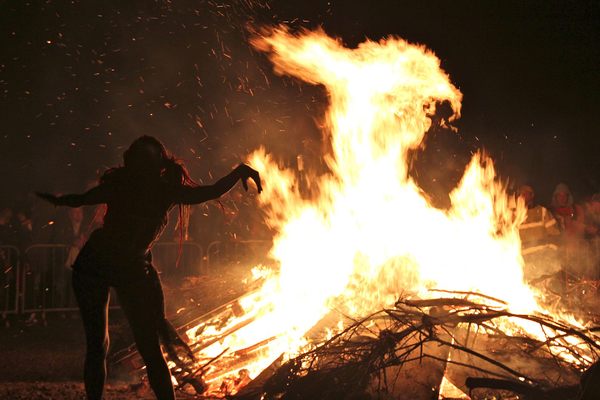The Intersection of Past and Present in One of Jerusalem’s Oldest Neighborhoods
Atlas Obscura’s Israel Week is in partnership with Go Israel.com, your guide to Israel’s beautiful destinations and its many hidden wonders!
Old & Newer in Israel (all photographs by Julian Tash)
Israel is a convergence of old and new, a place where millennia of culture, history, and architecture interact with the modern. Few cultures better exemplify this temporal exchange, and the challenges and culture that surround it, than the Charedim.
In part defined by its heavy emphasis on tradition, the Charedi movement of Judaism is subsequently quite nuanced, and not well-known to outsiders. Through the exploration of places that Charedim (the plural of practitioners) find important, one can begin to discover Charedi Judaism. One such place being Mea Shearim, one of the oldest of Jerusalem’s neighborhoods.
The Mea Shearim neighborhood was named after a biblical verse in Genesis: “Isaac sowed in that land, and in that year he reaped a hundredfold (מאה שערים, mea shearim); God had blessed him.”
Additionally, Mea Shearim is also used in Hebrew to mean one hundred gates, which the community supposedly once had. Charedi culture has developed distinct customs in Mea Shearim. The Charedi Jews often elect to limit their exposure to mainstream Israeli culture because of value conflicts (such as the depiction of women in the media). As such, many Charedi Jews choose not to use radios, television, or computers. Charedim, instead, put posters on the walls of their streets.
These announcements in Yiddish and Hebrew communicate a wide range of information, from obituaries to newly released books. Other notices ask visitors to respect Charedi customs. In Mea Shearim, the posters request that tourists not travel in conspicuous groups, and that women wear modest clothing, referred to as tzniut or, for European Jews, tznius. Many Jews in Mea Shearim also won’t touch people of the opposite gender, so don’t be offended if someone won’t shake hands with you.
Don’t let these things deter you from a visit! There are many interesting people open to meeting visitors, as well as shops that sell a range of things from books and Judaica to pizza. If you are in town for Shabbat (Friday night) you can attend something called a tisch.
Yiddish for table, a tisch is a wildly popular event during which Charedim sing nigunim — wordless songs — and zemirot, or hymns. The head Rabbi of the community sits at the front of the table and gives speeches on Torah subjects, in addition to leading songs.The size of these range from intimate gatherings to events that are so large there are bleachers to accommodate the number of people attending. Women typically observe the tisch in a separate room.
Charedim constitute a small, but important, part of the Israeli population, and are one of the many ways in which past and present interact to form a unique culture. Through these photographs, you can journey there visually, but only through visiting first-hand can you discover how this overlooked, insular place can actually be quite open.
All photographs by the author.
Atlas Obscura’s Israel Week is in partnership with Go Israel.com, your guide to Israel’s beautiful destinations and its many hidden wonders!







Follow us on Twitter to get the latest on the world's hidden wonders.
Like us on Facebook to get the latest on the world's hidden wonders.
Follow us on Twitter Like us on Facebook